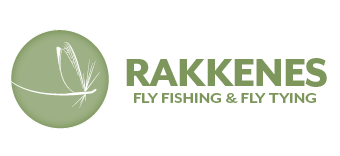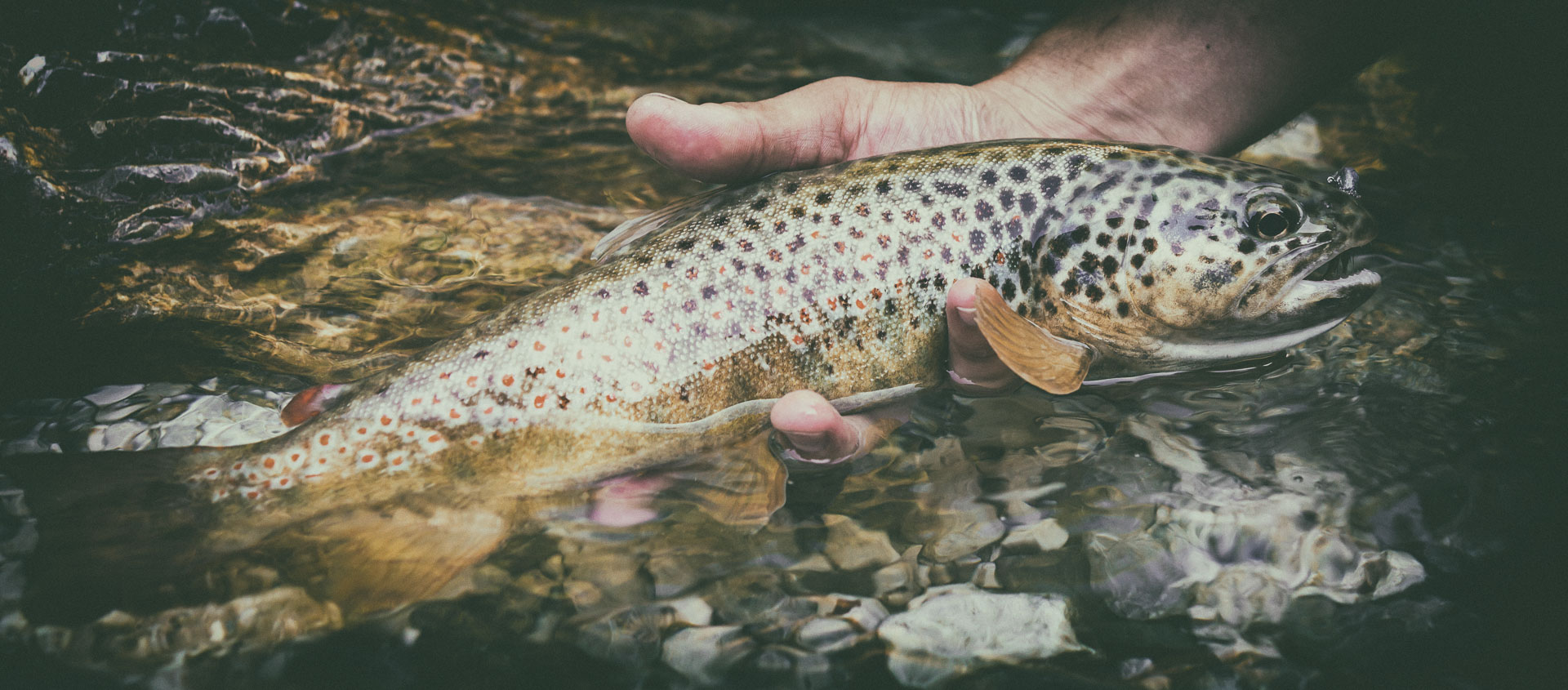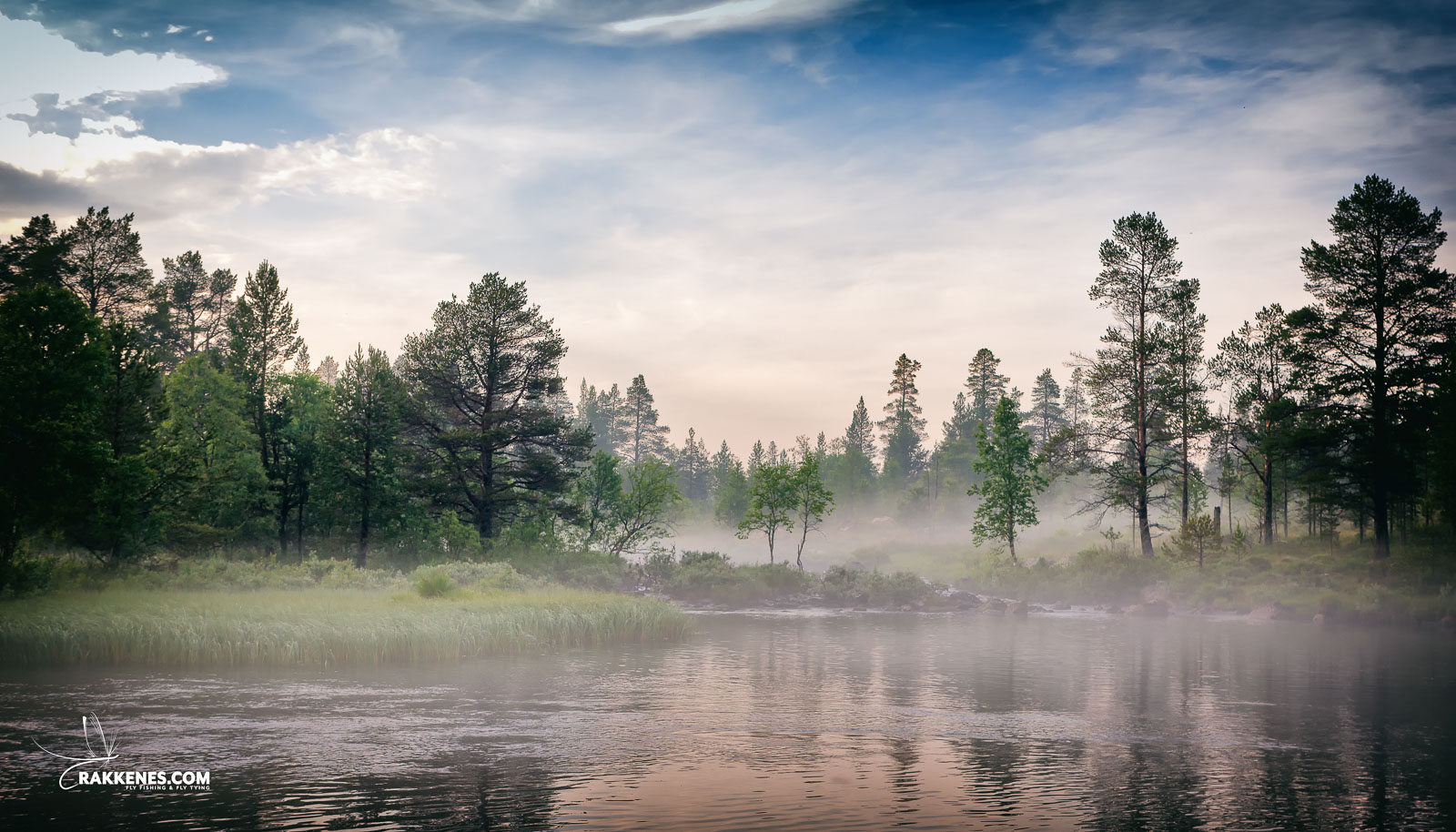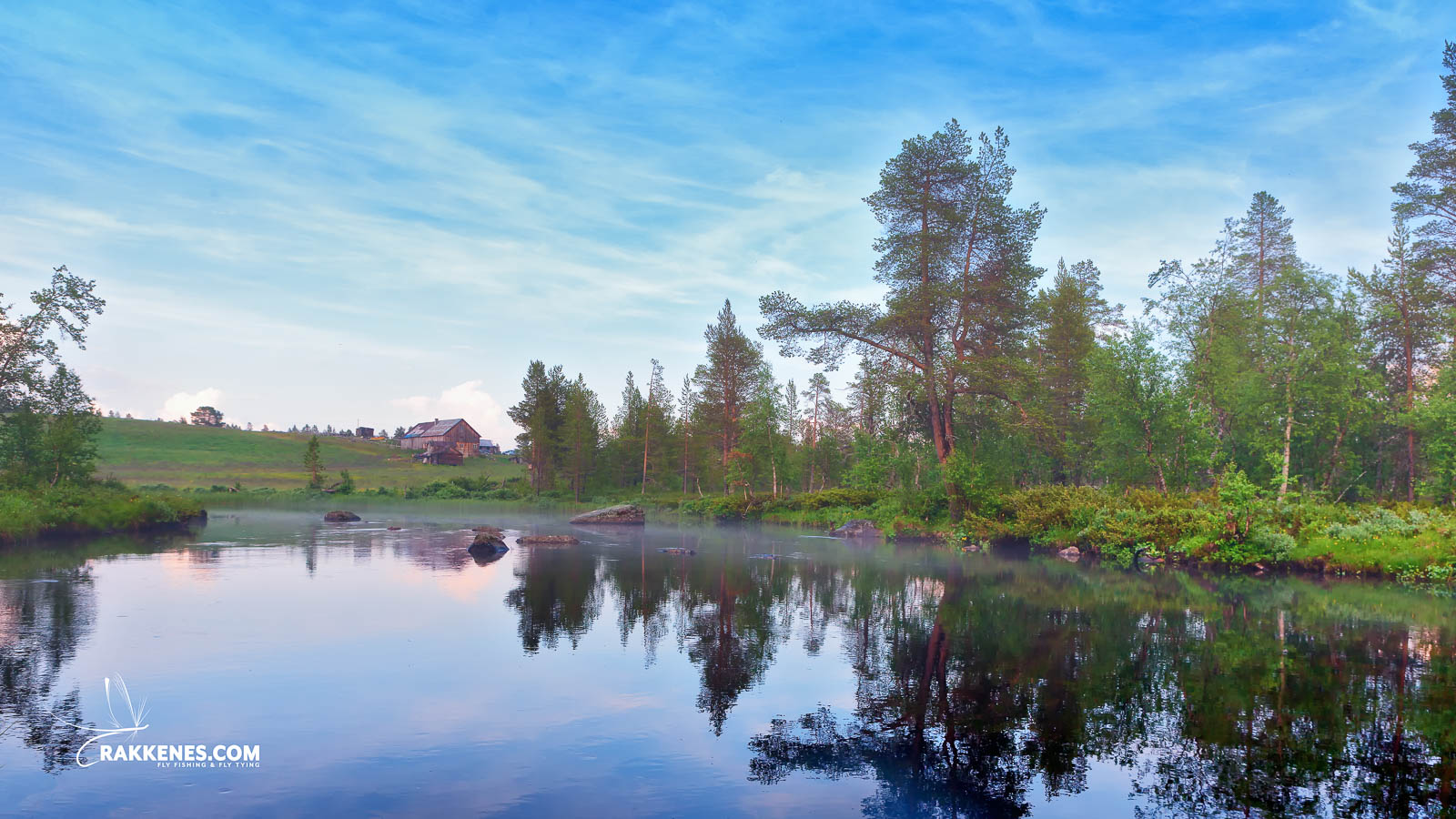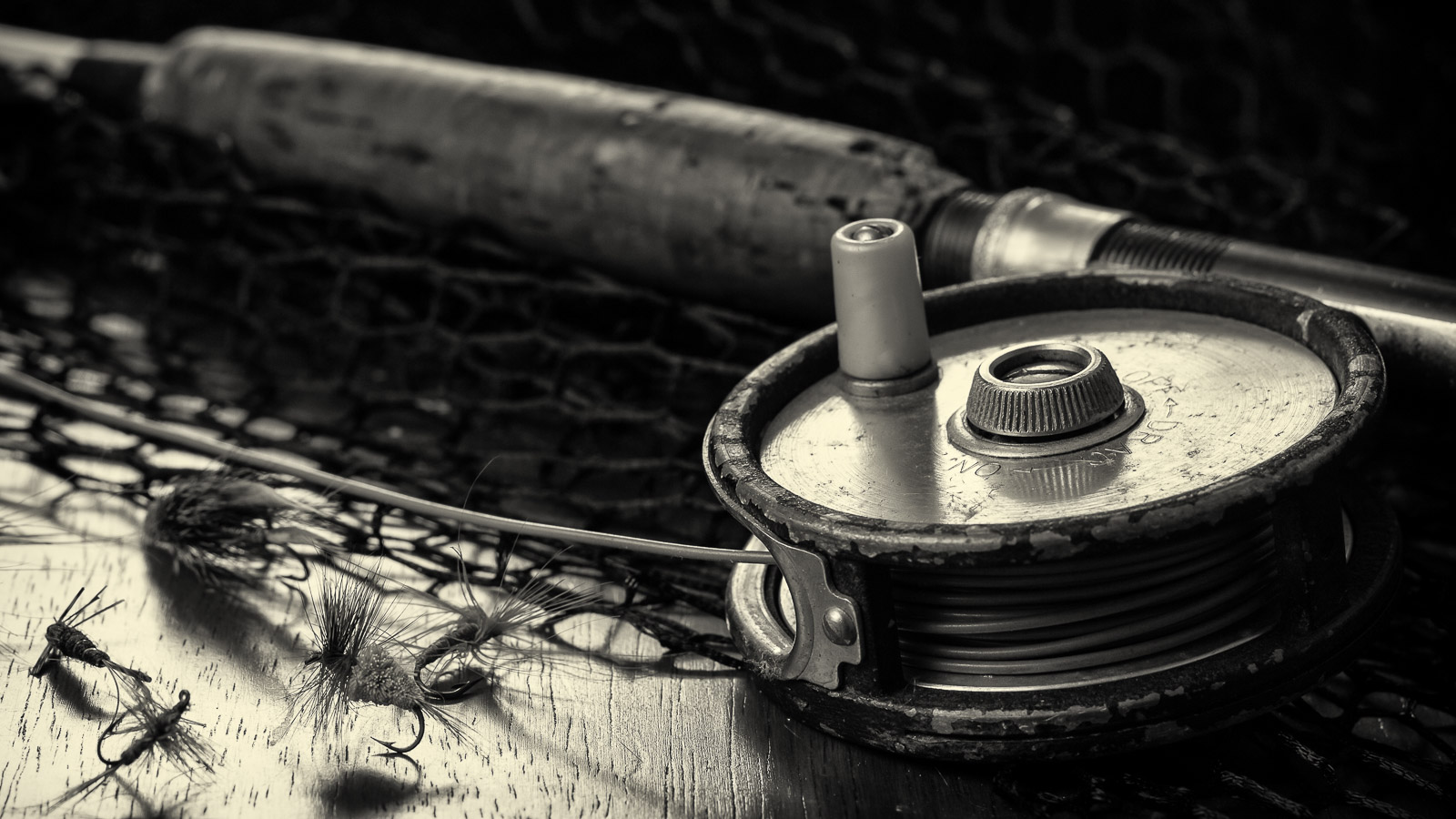Ten Rivers Trip started out as an idea to motivate my son into fly fishing. The concept has turned into a project and is fast turning into a drive promoting a campaign for more sustainable fly fishing. Should we ban plastic in fly fishing and fly tying materials?
We’ve just completed the first round of documentaries on Ten Rivers Trip. They are available on YouTube (subscribe to the channel here), and we just introduced a brand new section here on rakkenes.com to the Ten Rivers Trip Project – can be found here.
Ten Rivers Trip is a dogma and a set of rules that are imperative to our fly fishing. All of them with the intention to fish more responsibly and to endorse the original idea of exploring of unknown waters. We simply do not think that catching a trophy fish in a popular hog-river is any more of an achievement than netting a one-pound trout in unexplored waters.
Are we turning into environmentalists? Well, no and yes. The sole purpose of Rakkenes.com is to share ideas on fly tying, insects and fly fishing to our near and distant friends all over the world. We also love it when we are able to recruit new fly fishers into this wonderful sport.
Patagonia is the thought leader
We believe that sustainable fly fishing has to become integrated in the good sport of fly fishing. We’ve always been firm believers in environmentalism. Our addiction to the outdoors and fly fishing is simply dependent upon us being able to take good care of mother nature. Therefore, we must be frontrunners and choose to integrate ideas about animal welfare and sustainability into our fly tying and fly fishing.
The way ahead is not a revolution. Small changes in our behavior is probably enough. Most fly fishers I know really do care about sustainability and act responsible when out and fly fishing. Small adjustments are probably enough. Read our five fly fishing rules for sustainability here.
A place to start is to evaluate the different suppliers of clothing, fly tying materials and fly fishing gear that we use and the producers approach to sustainability. Patagonia is a thought leader in the pursuit of sustainability in clothing. But, there’s more to sustainability than using a Patagonia wader! It’s a good start, but not enough. We must take individual responsibility with our daily action. Is this the right time to start discussing the use of plastic in fly fishing materials and equipment?
Banning plastic in fly tying?
Currently we are considering adding a restriction or a ban on plastic to the five Ten Rivers Trip rules. The amount of plastic and micro plastic in nature is at a critical level, and something must be done. A year ago a whale with more than 30 plastic bags in his stomach washed ashore the Norwegian west coast (link to Norwegian article here). The whale died from constipation but he did not leave mother earth in vain. The incidence caused a massive stir all over the world, and caused a political push towards limiting the use of plastic and fighting the amount of micro plastics in our eco system.
The Norwegian parliament is, as are several other parliaments around the world, working on regulations to tax, limit or ban the use plastic.
We should take the debate seriously in our small community as well. When I look at my fly tying materials an alarmingly high amount of the materials are made of plastic based substances or has added plastic for different reasons. Just look at your dubbings, foams, tying thread, chenilles, glues, tailing materials, winging materials, antrons and z-lons. The list continues.
We use so little of the material when we tie our flies, you might think? Well, I agree but still think that every effort counts. Since we are fly fishers, the outdoor people, we should be frontrunners when parliaments all over the world are debating the use of plastic. There will be regulations and taxations that will affect the fly tying industry. We do have substitutes, why not use them to improve our sustainable efforts even further?
We have to start discussing the use of plastic in fly fishing!
